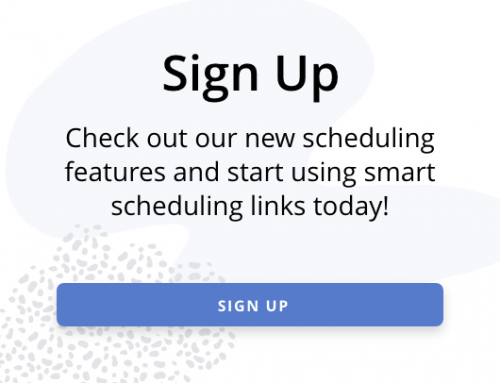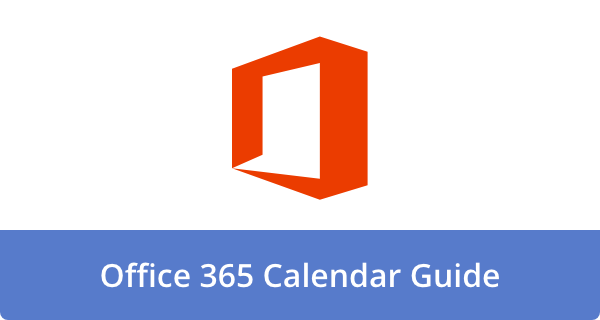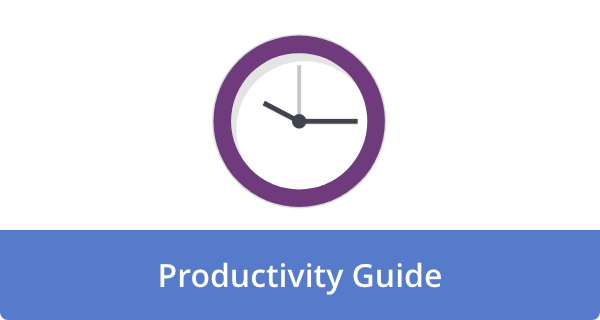

You already time-block your calendar, yet your day still feels like a tug-of-war between meetings, messages, and your own motivation. Here is the shift: you need to schedule around energy, not hours. You will still hit deadlines, but you will stop fighting your biology.
1. Map your personal energy curve
For seven days, log your perceived energy every 90 minutes from wake to sleep using a 1–5 scale. Add one note per dip or spike. At week’s end, you will see a pattern like 8–11 a.m. peak, 2–3 p.m. trough, 4–6 p.m. rebound. Put your most cognitively demanding tasks into the strongest two blocks. This works because decision quality tracks with alertness more than with time spent. If you only do one thing this month, do this.
2. Create an A/B day template
Build two reusable daily templates: A for deep work first, B for collaboration first. Drag the template onto your calendar the night before based on tomorrow’s energy and demands. Example: Mondays and Thursdays run A days with 9–11 a.m. deep work and 1–3 p.m. project sprint; Tuesdays run B days with a 10–1 meeting block. Templates reduce planning friction and prevent calendar creep.
3. Book deep work as a meeting with yourself
Title it like a deliverable, not “focus time.” Example: “Draft Q4 memo v1.” Add a 10-minute pre-block to close loops and a 10-minute post-block to log next steps. You are more likely to defend a specific outcome than a vague block. In my tests, this framing cut the overrun by 30% because it made each session feel like an appointment with a client: future you.
4. Stack like with like
Batch tasks by cognitive load, not category. Pair analysis with writing, and reserve a separate block for shallow tasks like approvals. Mixing modes costs restart energy. Try one 120-minute “maker” block and one 45-minute “manager” block per day. If you must context-switch, put in a 5-minute reset ritual between blocks to reclaim attention.
5. Use your trough for admin and movement
Guard your low-energy window for email triage, expense receipts, light CRM updates, or a walking 1-on-1. Add motion to raise arousal without caffeine. A 15-minute brisk walk often buys another 60–90 minutes of steady focus. If your meeting falls during heavy meeting hours, shift one routine meeting to a walking call and keep cameras off when possible.
6. Pre-commit a 15% buffer
Block 15% of weekly hours as “spillover.” Do not assign it. Real life will fill it. When projects slip, you will flex without wrecking tomorrow. If a week goes perfectly, use the buffer for learning or backlog cleanup. The math is simple: aim a 40-hour week at 34–36 scheduled hours. That slack is your shock absorber.
7. Front-load gnarly work by 10 a.m.
Put the highest-leverage, most emotionally resistant task before 10 a.m. on at least three days each week. Tee it up the night before: open the doc, paste the prompt, outline three bullets. Reducing activation energy beats trying to summon motivation at 2 p.m. Most teams will not notice that you start slower on Slack if you deliver the hard thing by lunch.
8. Run a two-tier meeting system
Tier 1 is essential, synchronous, and placed in your mid-energy band. Tier 2 is async by default. Offer a 10-minute decision window instead of a 30-minute meeting for Tier 2. Put all Tier 1 meetings on the same two weekdays when possible. Clustering protects your peaks and makes the rest of the week calmer without reducing collaboration.
9. Set energy-aware meeting lengths
Not every meeting needs 30 or 60 minutes. During your low-energy window, schedule 20-minute decision calls and 40-minute working sessions. During rebounds, reserve 50–55 minutes for complex topics to avoid running hot. Shorter, shaped sessions reduce cognitive residue and help you reenter deep work faster.
10. Design a personal warm-up and cool-down
Pick a 12-minute opening ritual that reliably lifts energy: water, light, 3 quick wins, or a 2-minute breath reset. End with a 10-minute shutdown: capture wins, set tomorrow’s one big task, clear your desk. Routines automate state changes. You do not need biohacking gear. You need consistency that your brain recognizes as “go” and “stop.”
11. Use a visible scoreboard for the week
Track two numbers on a sticky note or dashboard: deep work hours and decision debt cleared. Update daily. Visibility changes behavior. If you set a target of 10 deep hours and 15 decisions this week, you will steer slots and energy toward those wins. When the scoreboard falls behind, swap one meeting for a 25-minute decision sprint.
12. Review and re-plan every Friday
Close your week with a 20-minute retro. What time blocks felt easy, what felt forced, what will you change next week. Move surviving tasks, delete stale ones, and rebuild your A/B templates. Energy changes with seasons, health, and responsibilities. Treat this as product management for your calendar, not a one-time setup.
13. Align food and caffeine to your peaks
Hold caffeine until your first natural up-slope so you amplify a trend instead of papering over a trough. Keep lunch light on the day’s deepest block to avoid a post-prandial crash. One practical move: protein and fiber before noon, carbs later. The goal is not perfection. It is avoiding self-inflicted dips right before hard work.
14. Make collaboration fit your teammates’ curves
Ask reports to share their preferred focus windows and one daily collaboration window. Build a shared map. When people work near their peak, work speeds up even if you meet less. You may need a rotating “peak protection” rule for on-call roles. Teams that design around energy usually reclaim a meeting’s worth of time per person weekly.
15. Use location to cue intensity
Work where your brain expects the mode. Do deep work in a quiet spot with a single screen and no notifications. Do admin on the couch or a high-top. If you commute, save the train for reading and note review. Small environmental cues reduce the start-up cost and make your energy feel like it fits the task at hand.
16. Plan one recovery micro-block daily
Schedule a 10–15-minute recovery block after your longest stretch. Options: a walk, a stretch, a sketch, or two songs while looking away from screens. Recovery is fuel, not a prize. Without it, the final 90 minutes of your day will be expensive and low-quality.
17. Build a “rain plan” for lousy sleep
On days after short sleep or travel, switch to your B template, lower your ambition by one notch, and run a single deep block on the rebound window only. Mark everything else as Tier 2 or punt to async. Expect 20–30% less throughput. Planning for bad days keeps your system realistic, which makes it stick.
18. Use an accountability nudge, not a task list marathon
Share your next deep block and desired outcome with a peer 15 minutes before you start. Post the result at the end. The simple social nudge keeps you honest without creating new meetings. If you lead a team, pair people by energy pattern so their nudges land when both are alert.
Closing thoughts
Energy-based scheduling is not a new app. It is a smarter calendar that respects your biology and your role. Start with one week of energy logging, build two daily templates, and pre-commit a 15% buffer. Then iterate every Friday. In a month, you will notice that important work happens earlier, meetings feel lighter, and the day stops feeling like a fight you cannot win.
Image Credit: Photo by Tima Miroshnichenko: Pexels











Angela Ruth
My name is Angela Ruth. I aim to help you learn how Calendar can help you manage your time, boost your productivity, and spend your days working on things that matter, both personally and professionally. Here's to improving all your calendars and becoming the person you are destined to become!